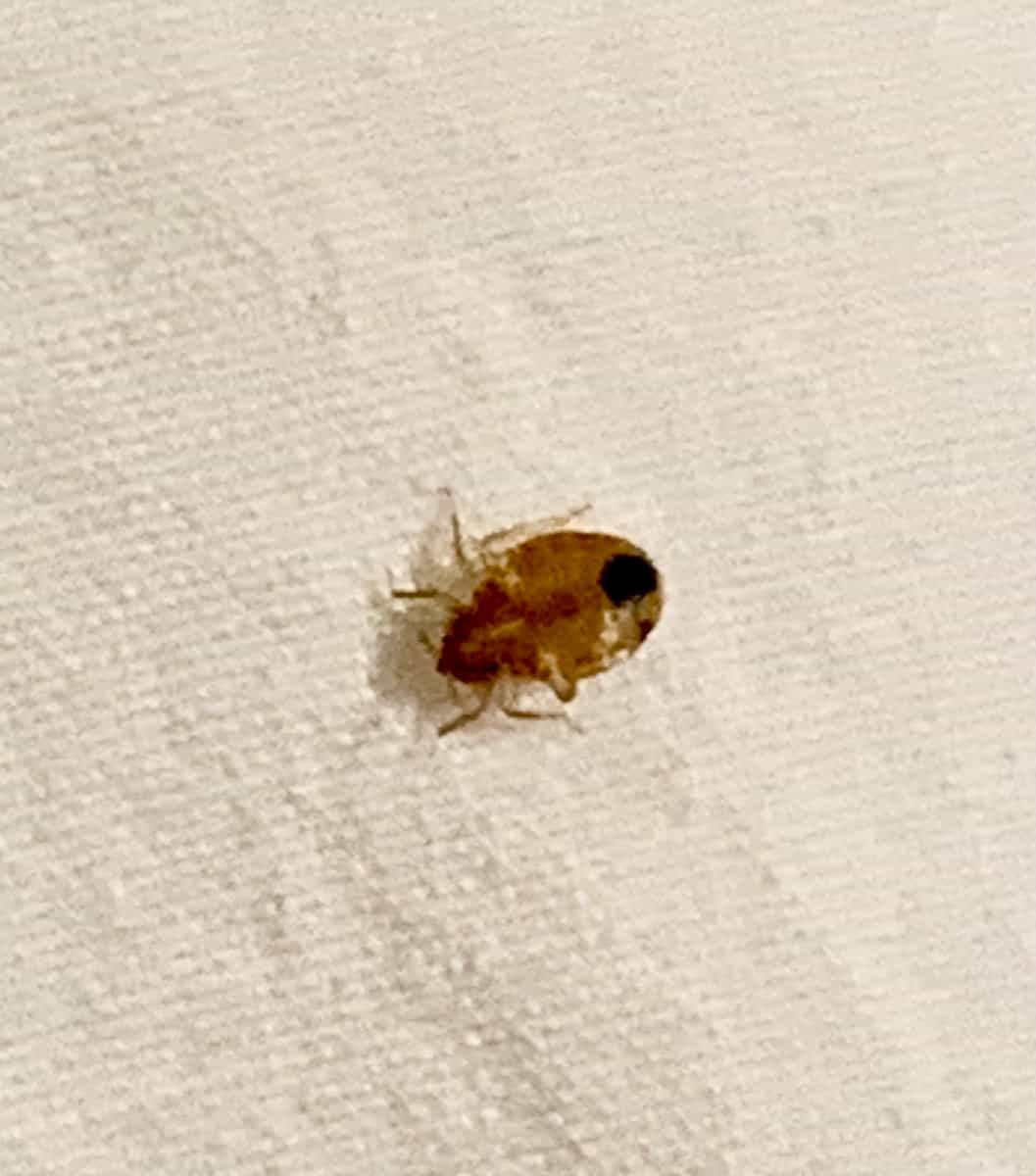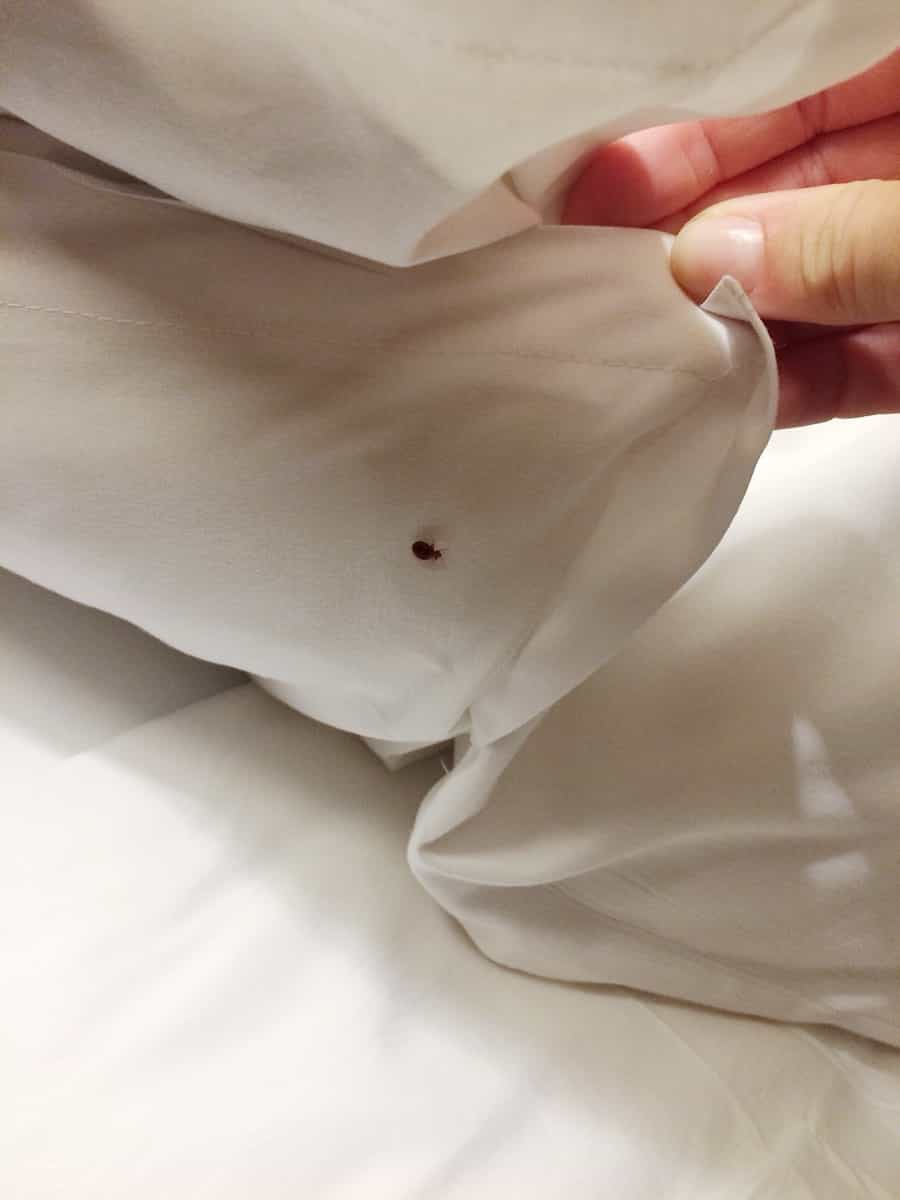Using neem oil to kill bed bugs is considered a natural and non-toxic approach. Neem oil is derived from the neem tree’s seeds and contains compounds that have insecticidal properties. Here’s a step-by-step guide on how to use neem oil to control bed bugs.

How to Use Neem Oil to Control Bed Bugs
Understanding the Neem Oil for Bed Bugs
Neem oil, made from neem tree seeds, has gained popularity as a natural control for various pests, including bed bugs. The oil contains compounds like azadirachtin, which disrupts bed bugs’ feeding and reproductive cycles, ultimately leading to their demise. Additionally, neem oil acts as a natural insect repellent, creating an inhospitable environment for bed bugs. It is non-toxic to humans and pets.
How to Prepare Neem Oil to Use on Bed Bugs
To prepare neem oil for bed bug control, start by acquiring high-quality, pure neem oil without additives. Mix one part of neem oil with ten parts of carrier oil, like coconut oil or water, to create an effective solution. This dilution ensures proper dispersion and reduces the risk of skin irritation.
Once prepared, transfer the neem oil solution to a spray bottle for easy application. Ensure thorough mixing before use. This natural concoction takes advantage of neem oil’s insecticidal properties, particularly azadirachtin, disrupting bed bugs’ life cycles and impeding their reproduction.
How to Apply Neem Oil to Kill Bed Bugs
- Targeted Spraying: Directly spray the neem oil solution on infested areas, including mattresses, furniture, and areas where bed bugs are likely to hide. Focus on seams, folds, and crevices.
- Repeat Treatments: Reapply the neem oil solution every few days to ensure sustained impact. Bed bug eggs may hatch over time, and consistent treatment is crucial for breaking the life cycle.
- Mattress Treatment: Concentrate on mattress surfaces, spraying seams and folds thoroughly. The mattress should be allowed to dry out completely before use.
- Crack and Crevices: Address potential hiding spots by spraying neem oil in cracks, crevices, and behind baseboards. This targeted approach maximizes the solution’s effectiveness.
- Consistent Prevention: Use neem oil periodically as a preventive measure to deter future bed bug infestations. The regular application maintains a protective barrier against these pests.
Mixing and Dilution for the Right Concentration of Neem Oil for Bed Bugs
To prepare the neem oil solution, begin with a high-quality, pure neem oil. The recommended dilution is typically one part neem oil to ten parts carrier oil or water. Carrier oils like coconut oil work well to enhance the spreadability of neem oil and adhere to surfaces. Measure the neem oil and carrier accurately to maintain the proper concentration. For example, if using 1 ounce of neem oil, mix it with 500 ml of carrier oil or water. Thoroughly blend the components to ensure a uniform solution.
In case you missed it: Does Lysol Kill Bed Bugs?: Myths and Facts About Lysol and Bed Bugs

Using a higher concentration may not necessarily yield better results and may cause skin irritation. Dilution is essential to balance efficacy and safety. Once mixed, transfer the neem oil solution to a spray bottle for easy and precise use. This properly diluted neem oil solution disrupts bed bugs’ life cycle and hampers their reproduction. When applied strategically, the solution suffocates and repels bed bugs without harmful chemicals, providing an eco-friendly and humane approach to pest control in your home.
Can Neem Oil Be Used on Bed Bug Eggs?
Neem oil contains azadirachtin, a compound known for disrupting the growth and development of insects, including bed bugs and eggs, at various stages.
To effectively treat bed bug eggs with neem oil,
- Direct Application: Carefully apply the neem oil solution directly to areas where bed bug eggs are suspected. Focus on seams, folds, and crevices in mattresses, furniture, and other hiding spots.
- Repeat Treatments: Bed bug eggs typically hatch within 6 to 10 days. To break the life cycle, repeat the neem oil treatment every few days to ensure any newly hatched nymphs are also targeted.
- Thorough Coverage: Ensure thorough coverage of the surfaces where bed bug eggs are laid. Neem oil works by interfering with the insect’s hormonal system, affecting their ability to molt and develop.
- Combine with Other Methods: While neem oil is effective, combining its use with other bed bug control methods, such as thorough cleaning, vacuuming, and laundering bedding, enhances overall efficacy.
How Long Does Neem Oil Stay Effective for Bed Bugs
The effectiveness of neem oil against bed bugs can vary based on factors like application frequency, environmental conditions, and the severity of the infestation. Generally, neem oil provides residual effectiveness for several days after application. For optimal results, it’s recommended to reapply the neem oil solution every few days, especially in the initial stages of treatment when bed bug eggs may continue to hatch.
Consistent and repeated applications help maintain a protective barrier against bed bugs, disrupting their life cycle and reducing the likelihood of re-infestation. Regular monitoring and retreatment, if necessary, ensure the prolonged efficacy of neem oil in managing bed bug infestations.
Integrate Neem Oil Treatment into Your Overall Bed Bug Control Strategy
Integrating neem oil into your bed bug control strategy enhances its effectiveness. Begin by thoroughly cleaning and decluttering infested areas. Apply the neem oil solution to targeted surfaces, focusing on seams, crevices, and egg-laying sites. Combine neem oil treatment with vacuuming to eliminate existing bed bugs and their eggs.
In case you missed it: What Chemical Kills Bed Bugs and Their Eggs: 10 Effective Chemicals to Eradicate Bed Bugs

Launder bedding and clothing in hot water to complement the treatment. Repeat neem oil applications every few days to disrupt the bed bug life cycle. Employ mattress encasements to trap any remaining pests. Regularly monitor treated areas and consider professional pest control if needed. This holistic approach ensures a comprehensive and sustainable solution to eradicate bed bugs using neem oil in an environmentally friendly manner.
How to Monitor the Effectiveness of Neem Oil on Bed Bugs
To monitor the effectiveness of neem oil on bed bugs, regularly inspect treated areas for signs of infestation. Look for live bugs, shed skins or fecal stains. Check bedding, furniture seams, and other hiding spots. If bed bug activity persists, consider increasing the frequency of neem oil applications.
Monitor for changes in the infestation level, focusing on areas where these bed bugs are likely to breed. Keep an eye on potential hotspots such as cracks, crevices, and behind furniture. Additionally, track any bites or skin reactions, as a decrease in these symptoms may indicate the neem oil’s success. Adjust your treatment strategy accordingly to ensure continuous efficacy in combating bed bugs.
Safety Precautions to Take When Using Neem Oil on Bed Bugs
- Protective Gear: Wear hand gloves and long sleeves to prevent skin contact and potential irritation.
- Ventilation: Use neem oil in well-ventilated areas to minimize inhalation risks.
- Dilution Accuracy: Follow recommended dilution ratios carefully to avoid skin irritation.
- Avoiding Contact with Eyes: Keep neem oil away from eyes; in case of contact, rinse thoroughly with water.
- Pet and Children Safety: Ensure pets and children are kept away during application until the treated areas are dry.
- Allergy Testing: Perform a patch test on a small area of skin before widespread application.
- Storage: Store neem oil away from direct sunlight in a cool, dry place.
- Read Labels: Adhere to manufacturer instructions for proper usage and safety guidelines.
In case you missed it: How to Use Glue Traps for Bed Bugs: Get Rid of Bed Bugs with Glue Traps With Simple Steps

Conclusion
In conclusion, utilizing neem oil presents a natural and effective method to combat bed bug infestations at home. Its eco-friendly properties, coupled with minimal risks to humans and pets, make it an attractive alternative to chemical pesticides. By understanding its application, dilution, and safety precautions, neem oil can be seamlessly integrated into a holistic bed bug control strategy, providing a sustainable solution for a bed bug-free living environment.
- Deworming Schedule for Dogs/Puppies: A Beginners Guide
- How to Prevent and Control Parasites in Goats
- Beneficial Insects in Pest Management
- Natural Solutions for Pest Control in Flower Gardens
- Types of Fungicides Used in Agriculture
- Common Issues in the Fruit Development Stage of Pomegranate Farming
- Fruit Development Issues in Papaya: Easy Solutions and Treatment
- Soil-Borne Diseases and How to Protect Your Plants
- Practices to Prevent Disease Spread in the Garden